Vigilor helps you prioritize cyber projects based on a Dynamic Risk Score for each device. The Dynamic Risk Score is the only risk scoring tool that changes with new and existing vulnerabilities, OEM responses, and real-time device attributes that incorporates TRIMEDX’s available machine learning and AI monitoring sources.
The Dynamic Risk Score considers three dimensions: medical device vulnerability management status, device details, and device connectivity. This comprehensive approach ensures that you can accurately assess the risk associated with each device and prioritize your cybersecurity efforts accordingly.
Vigilor combines individual device risk assessments with insights from a vulnerability management database consisting of available patches, work instructions, and best practices. This extensive database uses over 80 sources to facilitate more accurate risk identification and faster patching or application of compensating controls.
-
/
Medical device vulnerability management
Medical device vulnerability management
Vigilor from TRIMEDX combines industry-leading technology and data to provide comprehensive, reliable information for decisive medical device vulnerability management.
Technology integration
Medical device security platforms
Maximizing visibility to connected medical devices for detection of network anomalies with artificial intelligence (AI) allows you to focus resources on genuine, credible threats to your system.
CMMS or ticketing system
Automate work order creation into your centralized ticketing system to ensure timely response and remediation of known threats.
Dynamic risk score

Definition
"Compensating Controls"
Alternate methods of securing in-use medical devices when a validated patch is not available. Compensating controls are used to keep critical infrastructure and medical devices operational or accessible while also improving the hospital or health organization’s overall risk posture.
White Paper
Building the right cybersecurity strategy for your health system and technology assets
The expansion of network-connected technology in clinical environments has also dramatically increased health systems' cybersecurity risk, along with the potential threats to patient safety and continuity of care. Yet many organizations struggle to keep pace with their evolving needs. Adopting governance that is tailored to the unique needs of a healthcare organization may sound like an intuitive approach, but health systems face significant challenges to achieving this goal. Learn what data health systems need to begin this process, where they can turn for best practices for developing processes, and how they can establish a system of continuous improvement.







